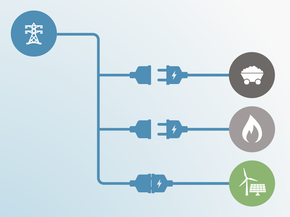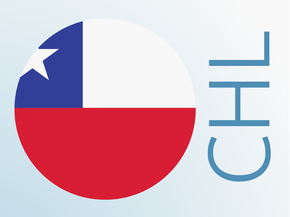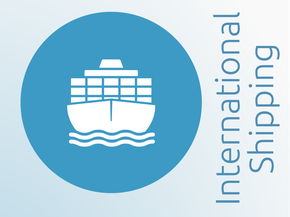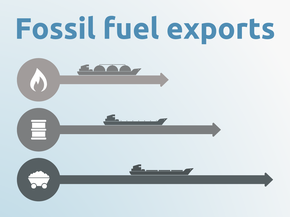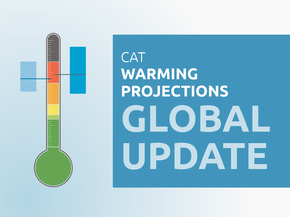Assumptions
Global warming potentials
Previous assessments of the Climate Action Tracker used the global warming potentials (GWPs) from the IPCC’s Second Assessment Report (SAR). For this assessment we have updated all figures and time series to GWPs from the Fourth Assessment Report (AR4).
Historical emissions
The historical data for the years 1990 – 2016 is based on 2018 national inventory submissions that were reported in AR4 GWPs (CRF, 2018).
Pledges and targets
Target emission levels for 2020, 2030 and 2050 were calculated from the 2018 national inventory submissions (CRF, 2018). For Ukraine’s Copenhagen Pledge and NDC, we apply an accounting method that subtracts the projected LULUCF sink, assuming that LULUCF emissions in 2020 and 2030 remain at the historical average level over 2007–2016 (-28MtCO2e), from the target level incl. LULUCF for 2030.
We calculated Ukraine's LULUCF accounting quantities for the first commitment period (2008–2012) for afforestation, reforestation and deforestation using the current Kyoto rules. The Ukraine has submitted information on their forest reference level, which is equal to their 1990 forest management emissions and removals.
Current policy projections
The historical data (1990-2016) are based on 2018 national inventory submissions (CRF, 2018).
For the current policy projections for the energy and industry sectors we used the business-as-usual (BAU) scenario published as part of Ukraine’s 2050 Low Emission Development Strategy (Ministry of Ecology and Natural Resources of Ukraine, 2018). Note that this scenario is a hypothetical scenario, where the characteristics for most of the technologies in energy resources usage and household consumption, and also at any stage of goods or services production, stay unchanged between 2012 and 2050. This means that this scenario is based on conservative assumptions. However, we still decided to use this BAU pathway for the energy and industry sectors as it takes account of more recent historical data years and better reflects recent developments than the previously used scenarios from Ukraine’s Sixth National Communication.
Since the 2050 Low Emission Development strategy does not contain information on agriculture and waste sectors, the current policy projections for the agriculture and waste sectors are based on the ‘without measures’ and ‘with measures’ scenarios from Ukraine’s Sixth National Communication (CRF, 2016). The ‘with measures’ scenario includes the Underlying Principles (Strategy) of the State Environmental Policy of Ukraine and the National Plan on Climate Change Mitigation and Prevention of Human Impact on Climate Change for the Period up to 2030. However, due to the current political instability and the lack of clear supporting policies tabled or discussed, it is not certain that the ‘with measures’ scenario is an adequate reflection of Ukraine’s current policy pathway in these sectors. For this reason, the ‘without measures’ scenario, which assumes that GHG emission footprints of all sectors of the economy will remain constant, is included as the upper bound to the current policy projection range. However, both scenarios assume an annual GDP growth of 2.9% between 2010 and 2020, whereas actual GDP has decreased with 18% between 2010 and 2017(World Bank Group, 2018). This overestimation of GDP growth suggests that the emission projections in both scenarios may be inflated.
As of October 2018, there are no alternative sources available to develop other current policy projections for Ukraine.
Further analysis
Latest publications
Stay informed
Subscribe to our newsletter
